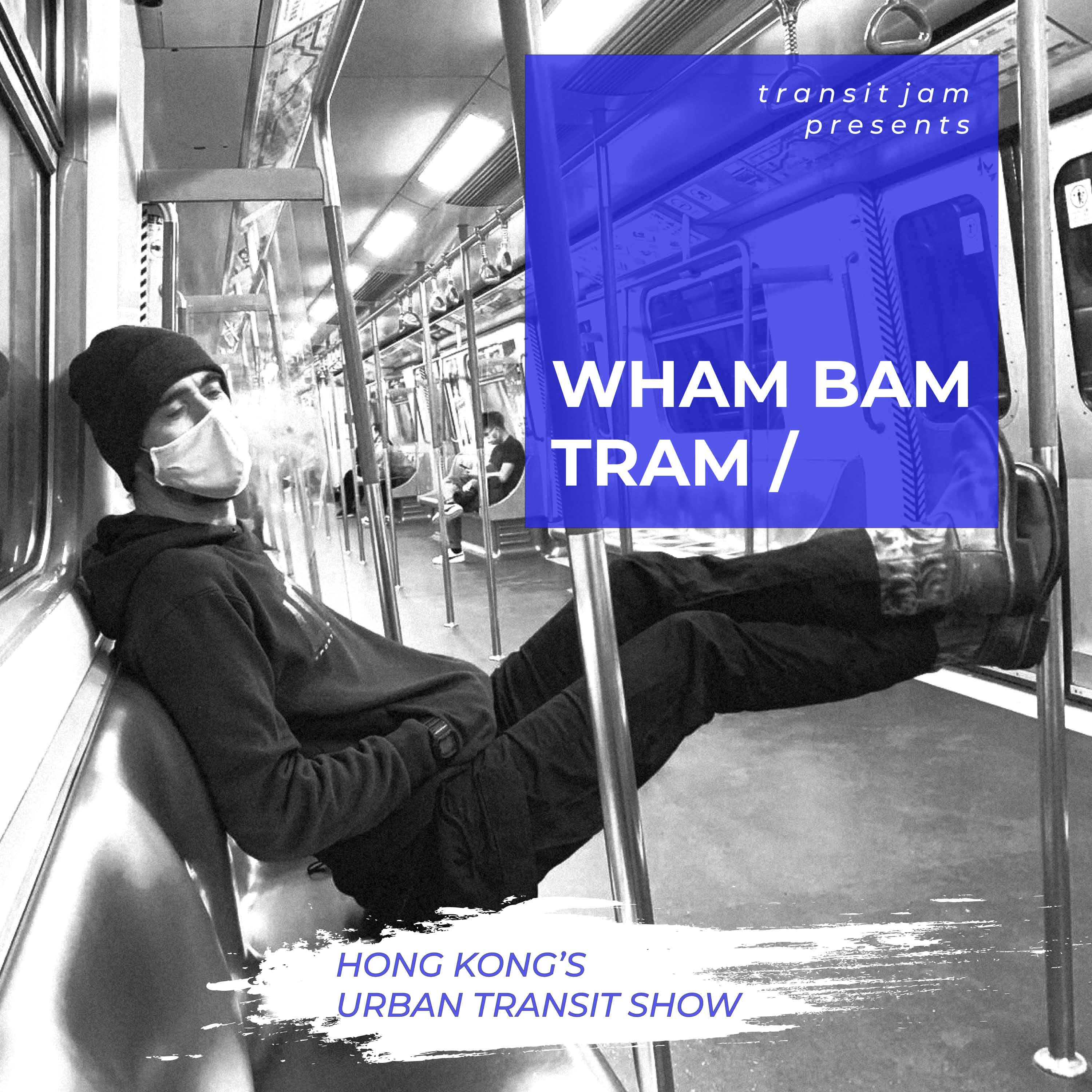Hong Kong’s finance chief tightened the concrete noose encircling the city today, with the “Lantau Tomorrow” ring road project billed as a top priority in the 2020 budget.
At a shiftless Legislative Council meeting today, Paul Chan’s budget speech rubber-stamped the vast project which, he claimed, would “improve the efficiency of the traffic network in Hong Kong as a whole”. The government would, he said, immediately start drawing up financial reports and blueprints for the massive concrete pour into the sea off Lantau.

Before and after: Lantau Tomorrow, “cost unknown but we can afford it”, will complete the loop and deliver Hong Kong a ring road to properly lock it in to the Greater Bay Area grid
The project, which the government first touted in 2014 as the “East Lantau Metropolis, involves completing the vast ring of roads around Hong Kong, connecting Tuen Mun (and the 10 north to Shenzhen), North Lantau (which accesses mainland China directly through the Hong Kong-Zhuhai-Macau Bridge), and north Hong Kong Island.
How much it will cost is anybody’s guess: the government has never given an estimate. In 2018, Chief Executive Carrie Lam responded to a reporter’s guess of half a trillion dollars saying “We do not have a cost figure… but no doubt it will be expensive.” (Lam went on to tell critics it was “quite narrow minded to avoid doing things because they are expensive.”)
Today, without giving figures, Chan simply said “The Government is financially capable of realising the Lantau Tomorrow Vision.”
Flying in the face of received wisdom in transport economics, Chan said building trunk roads “was not the only way to reduce traffic congestion.” In fact, it is not any way to reduce traffic congestion: the most fundamental rule of roads, well publicised by Brown University economists Gilles Duranton and Matthew Turner, is that building more roads attracts more traffic and is unlikely to relieve congestion at all.
Public opinion on the project is divided: many believe it will bolster the Lantau economy and create much-needed land supply. Others say its foundations are simply in line with President Xi Jinping’s grand vision for the Greater Bay Area and will be another Pearl River Delta white elephant the city can ill afford. Environmentalists also point to ecological damage of Lantau Island, one of Hong Kong’s “untouched” wildernesses (airport, bridge, boundary crossing facility and prison aside). The government has pledged HK$1 billion to south Lantau residents to help maintain culture and eco-something.
But public opinion for or against the project is unlikely to bend the government’s will either way, with Carrie Lam’s government determined to push forward with a project seen in senior circles as an infrastructure jewel of the Pearl River Delta. “Lantau Tomorrow is a grand vision,” Chan said today. “We adopt a vision-driven and forward looking approach in realising our vision, adopting an infrastructure-led and capacity building mindset.”





